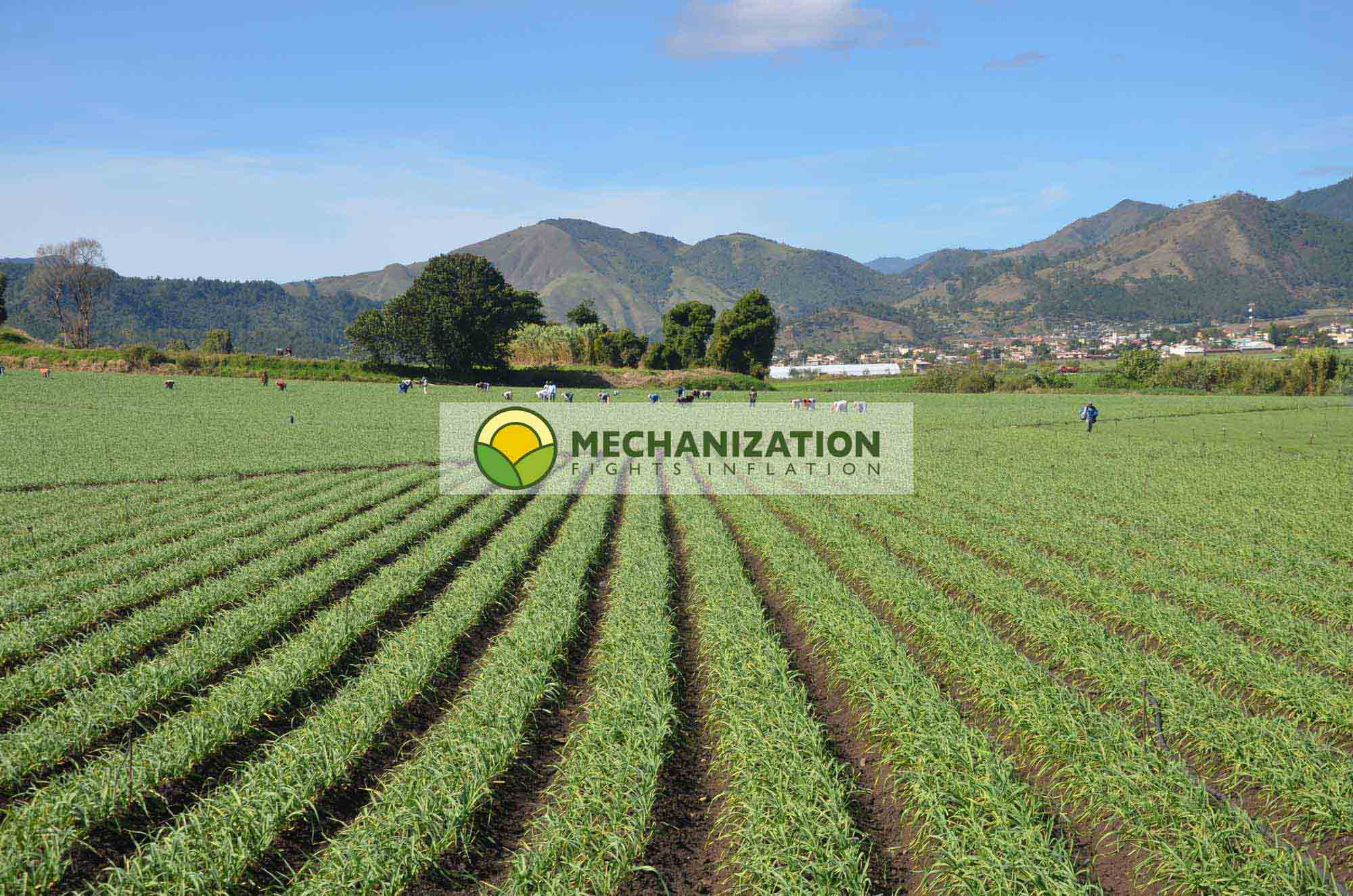Pseudomonas syringae
LinkExchange SearchMe WhatWeDo AboutUs Sitemap Next page Ditylenchus Dipsaci

Pseudomonas syringae and everything you need to know to detect, avoid and cure this plague.
Pseudomonas syringae pv. syringae
1. Common name and scientific name, Pictures under green tabs at the left.
| Scientific name: | Pseudomonas syringae pv. syringae (Burkholder), |
|---|---|
| Synonyms: | no synonyms found for P. syringae pv. syringae |
| Common names: | rot (no specific names for P. syringae pv. syringae in onion) |
2. Geographical distribution
Common Pseudomonas ssp. on onions are P. viridiflora, with cause bacterial leaf streak and bulb rot, P. cepacia which cause characteristic sour skin, P. alliicola (=Burkholderia gladioli pv. alliicola) which cause slipperly skin, P. marginalis pv. marginalis which cause soft rot and P. aeruginosa which cause bacterial internal brown rot of bulbs. P. syringae pv. syringae is not a common Pseudomonas species in onion. In general, Pseudomonas bacteria can be distinguished from Erwina bacteria, by infection symptoms. Pseudomonas species often infect via the outer scales and Erwina infect onions almost via the centre and always from the neck to the base of the onion. Pseudomonas strains can be distinguished by selective growth media, DNA tests, infection symptoms and characteristic smell.
3. Biological characteristics
Several bacteria (Pseudomonas and Erwinia spp. cause a range of symptoms known as slippery skin, sour skin and soft rot. These diseases may start in the field on the leaves and sometimes may not be detected until the bulbs have been in storage for some time, depending when infection occurred. In general, these bacterial diseases occur during wet periods and are favored by warm temperatures and damaged tissues, due to rain or hail showers or attack by other pest organisms. Initial foliar symptoms are characterized by severe breakdown of one or more leaves.
4. Parts to be damaged
For onions, the infection often take place via the neck, from the outer fleshy scales, to the centre of the onion bulb. Especially rain showers with hail can cause infections of different bacteria species. Other Pseudomonas sp. which are more common in onions then Pseudomonas syringae pv. syringae could also damage leaves and onion bulbs. During storage onion bulbs could be destroyed completely.
5. Damage period
These bacteria are able to survive in the soil on organic matter (plant debris). High humidity and free water favor spread and penetration of the bacteria. Disease development is dependent on relative high temperatures, generally 25-30?C. As describes above, leave damage due to intense rain or hail showers stimulate bacterial infections. But also other pest organisms which attack the crop or mechanical damage by farmer equipment. Also onion flies scan spread bacterial diseases.
6. Economic impact
Overall, Pseudomonas sp. can cause serious losses in onions.
7. Investigation and monitoring system
During the growing season, initial infections can be monitored by looking to the neck of the onions where the infection begins. By cutting onions Pseudomonas spp. Can be easily detected, due to the characteristic infectio patterns.
8. Control methods
There are no chemical treatments or biological agents to control or prevent bacterial infection. Only good agricultural practice can minimize bacterial diseases. During storage symptoms of initial infected onions develop further, but spreading occurs not during storage. Heavily infected onions can cause staining of healthy onions when they are processed and packed.
Crop rotation and removal of plant debris can reduce the initial bacterial population. Moreover irrigation (by surface water) is seldom used. Risk of infection is mainly due to heavy rain showers in hot summer periods, when temperatures reach 30oC and relative humidity is high. Other Pseudomonas species are more common on onions, but they are removed during different quality inspections.
Next up: Ditylenchus Dipsaci
Pictures of this plague:

Pseudomonas syringae
rot (no specific names for P. syringae pv. syringae in onion)
To mechanise your post harvest processes:
contact us:
Telephone:
+1 239 3002374
or use our (preferable)
our contact form
Address: Farm San Isidro, Volcán, Panama.

